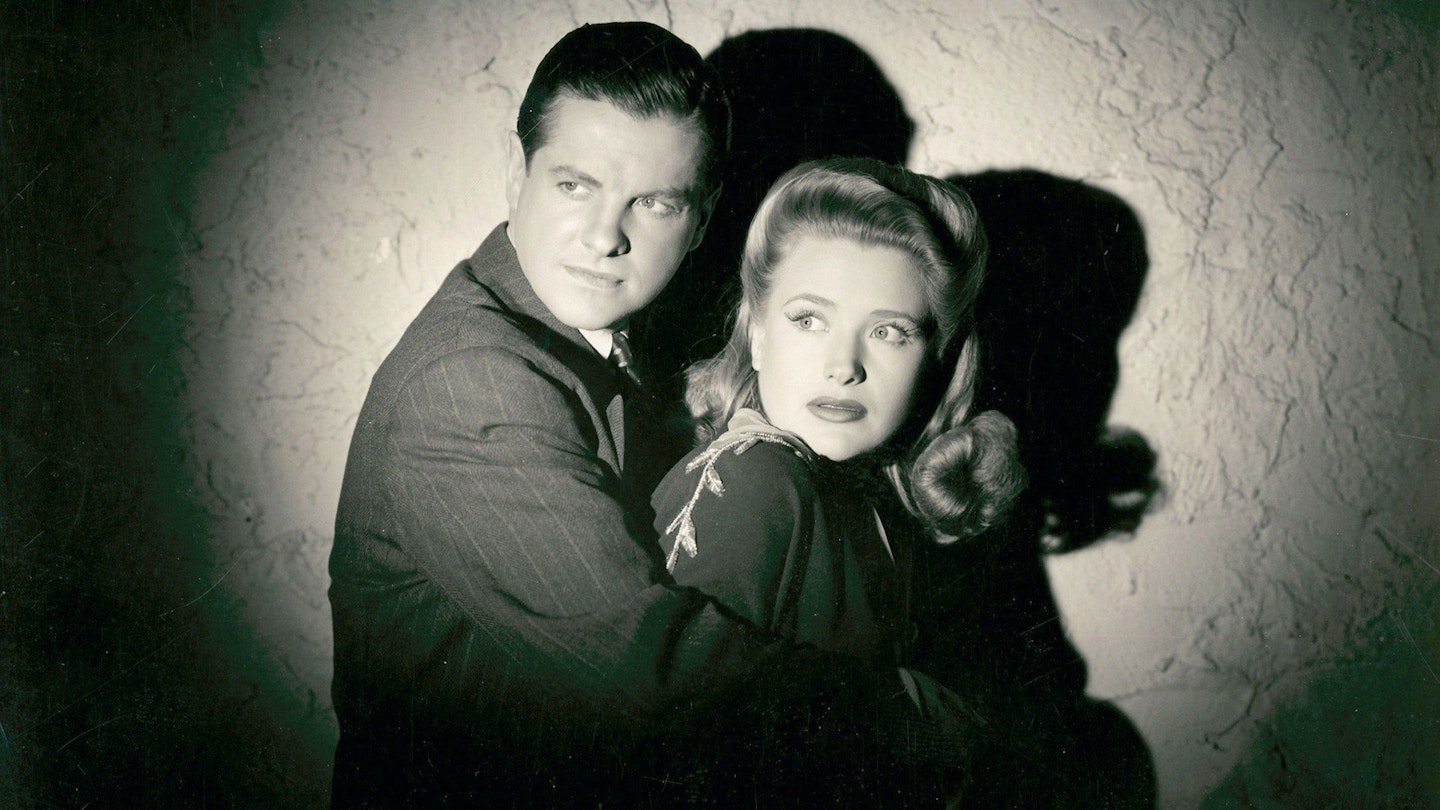America had been at war for less than a month when Alfred Hitchcock embarked on this flagwaving variation on The 39 Steps. He was less than enamoured with his principals, having failed to land either Gary Cooper and Barbara Stanwyck or Henry Fonda and Gene Tierney. However, his biggest disappointment lay in losing Harry Carey as Tobin, as Carey’s wife felt the role would damage his avuncular image.
But if Hitchcock was disgruntled with his actors, he was delighted to count the celebrated wit Dorothy Parker among a scriptwriting team that also included his longtime collaborator Joan Harrison and novelist Peter Viertel. Indeed, he considered Parker's disconcertingly comic sequence, in which Cumming and Lane hide out on a train among some bickering circus performers, among the film's highlights.
Much less successful, however, was the encounter between the handcuffed Cumming and the blind man who offers him sanctuary. Already embarrassingly reminiscent of a similar two-way involving Boris Karloff and O.P. Heggie in James Whale's Bride of Frankenstein, the scene was rendered almost unwatchable by the scenery-gnawing excesses of Vaughan Glaser.
Yet Saboteur also contains two memorable Hitchcock moments, each of which turned on one of his trademark themes - terror within the everyday. The first was the society ball, in which Cumming and Lane were surrounded by ordinary people in a public place, while simultaneously being menaced by Tobin's henchmen. The second was set in the cinema auditorium at the Radio City Music Hall and showed the audience continuing to roar with laughter at the action on screen, initially oblivious to the life and death struggle occurring within its midst.
The haunted expression of Norman Lloyd was key to this sequence, as it was to the climactic cliffhanger. Hitchcock later suggested that he had made a mistake in having Lloyd cling to the Statue of Liberty's torch rather than Cumming, as the viewer was less likely to be concerned about the fate of the traitor. However, he more than made amends with the Mount Rushmore episode in North By Northwest.
